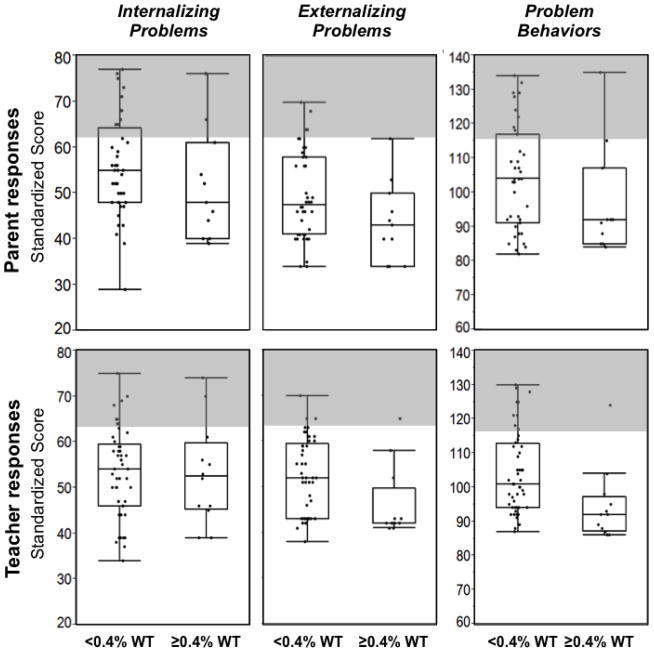Figure 1. Problematic Behavior scores are displayed as a function of predicted residual GALT activity.
For each data set illustrated, box and whisker plots indicate the median (center line in each box), limits of the 75th and 25th percentiles (top and bottom of each box), and 95th percentile confidence limits (top and bottom whiskers). Note that for some distributions the 95% percentile limits coincided, or nearly coincided, with the 75th and/or 25th percentile limits so no whiskers, or only tiny whiskers, are visible. Predicted residual GALT activity for each volunteer was estimated for that volunteer’s GALT genotype based on the level of residual activity associated with the relevant GALT alleles using a null-background yeast expression system for the human enzyme. Volunteers with non-coding mutations that could not be assessed using this system were excluded from analysis. Both parent and teacher surveys indicated that, on average, volunteers predicted to have <0.4% wild-type residual GALT activity demonstrated more problem behaviors, and were more likely to have scores in the clinical range, than volunteers predicted to have ≥0.4% wild-type GALT activity. However, likely reflecting the small sample size, none of these apparent differences reached statistical significance.

